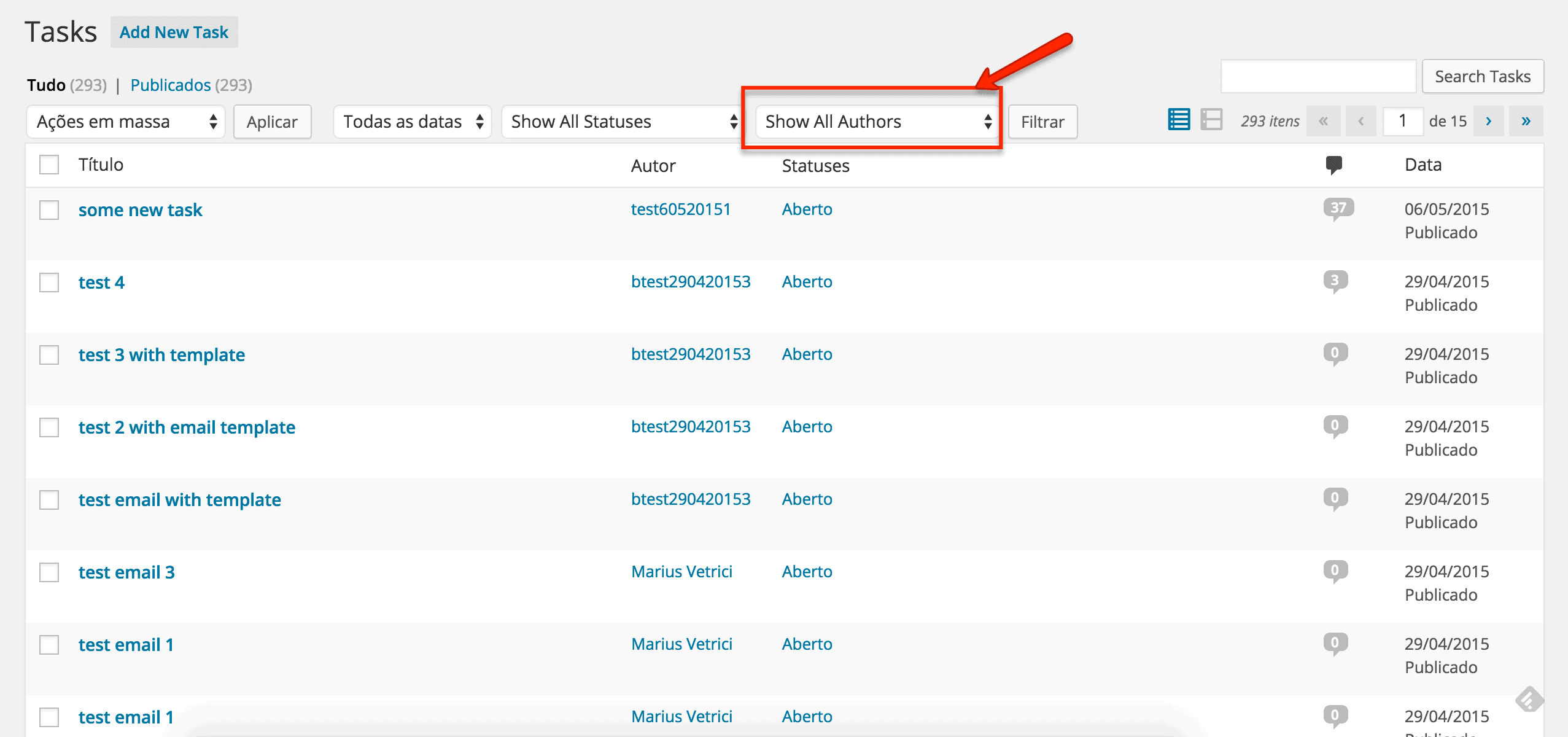How is it that two businesses using the exact same WordPress theme can look so drastically different and one can appear more polished and professional than the other?

With WordPress now powering more than one-third of websites around the world, business owners have more control than ever over their website and digital strategy. WordPress allows you to change the color palette, typography, and design of your website, edit website content, publish new content, picking photos, video, and audio, integrate ads and social media, and much more.
While WordPress gives you the ability to do anything you want with your website, that’s not always a good thing, unless you make decisions with the right training and education.
At Liquid Web, we want to do more than provide peace of mind with reliable managed WordPress hosting and unparalleled support. We want to help you improve your website and attract more clients and customers, which is why we publish blog posts like this one, sharing tips for selecting website photos that align with your brand vision.
The photos and visual imagery you use on your website impacts the perception others have about your brand and value and choosing the right images for your website can mean the difference between looking like an amateur or appearing as a polished professional.
Nine Tips to Pick Website Photos
What not to do:
- Avoid unnatural poses and facial expressions. Don’t use awkward photos of overly happy, uncomfortably posed people, especially in business suits. If you see a photo and think, “that wouldn’t happen in real life,” or “that is obviously staged,” move on and look for a different photo.
- Avoid photos with words. If you’re writing a blog post about coaching, resist the urge to use a stock photo of the word coaching spelled out with blocks, Scrabble tiles, or even written out on paper. Skip the obvious option and look for something more creating, like a coaches whistle.
- Avoid images where every person is looking at the camera. When looking for a photo of a group, look for photos of people engaged with each other and looking at each other and skip the fake photos of everyone smiling and looking in the exact same direction.
What to do instead:
- Use photos of people in action. If including people in your photos, look for options where the person or people are doing something. Show them in a natural setting, taking an action related to your content’s messaging. For example, if you’re writing a blog post about working with a team, use a photo of the team in a meeting talking to each other.
- Choose photos of people looking away from the camera. It’s okay to use photos of people smiling, but for a more realistic, natural, authentic feel, choose photos where the subject is looking away from the camera or at something else. You want it to feel like the photo was taken without the subject knowing.
- Get a “back of the head” view. A great way to reinforce your message is to look for images that are shot from behind the subject. Images that show a bit of the back of their head, show you a subject from the perspective of the person in it.
- Choose photos based on meaning not visuals. The photos you choose don’t always have to depict the literal interpretation of the content. Instead, they can use context to connect two different things that mean the same thing. For example, if you’re writing the blog post, “Is Your Content Falling Flat?” a great visual would be a photo of a popped pool float—same meaning, different context.
- Select photos with context. If you browse most of the big stock photography sites, you’ll find huge numbers of images where the background has been removed and the photo’s subject is isolated in white space. Skip these weird images by excluding the word “isolated” from your search and instead, select images that have a background for context and tell the full story of what’s going on.
- Be purposeful about the focal point. Before choosing the photos for a blog post, website, or sales page, consider where and how it will be used. The main focal point of the image and/or the direction of the image should guide viewers toward the most important content on the page. For example, if a photo will be placed to the left of an email marketing opt-in, look for an image where the subject is turned toward or looking to the right. This will subtly direct visitors to look at the opt-in.
As you can see, a lot more goes into choosing the right image for your website or blog post than simply scrolling through a stock photo site like Unsplash and picking the one you like. The images you use on your website or blog not only reflect your brand, vision, and how you want to be perceived but the content and context of those images also communicate a message.
The question is:
Do the images on your website communicate the message you want or one of their own?
About the author:
Lindsey Miller is the Partner Manager for Liquid Web’s Managed WordPress Hosting. She’s been involved in various aspects in the WordPress community for over 7 years and helped start a non-profit teaching kids to code, The Div.






